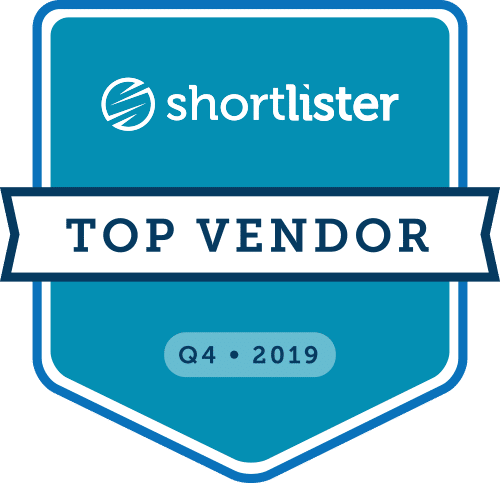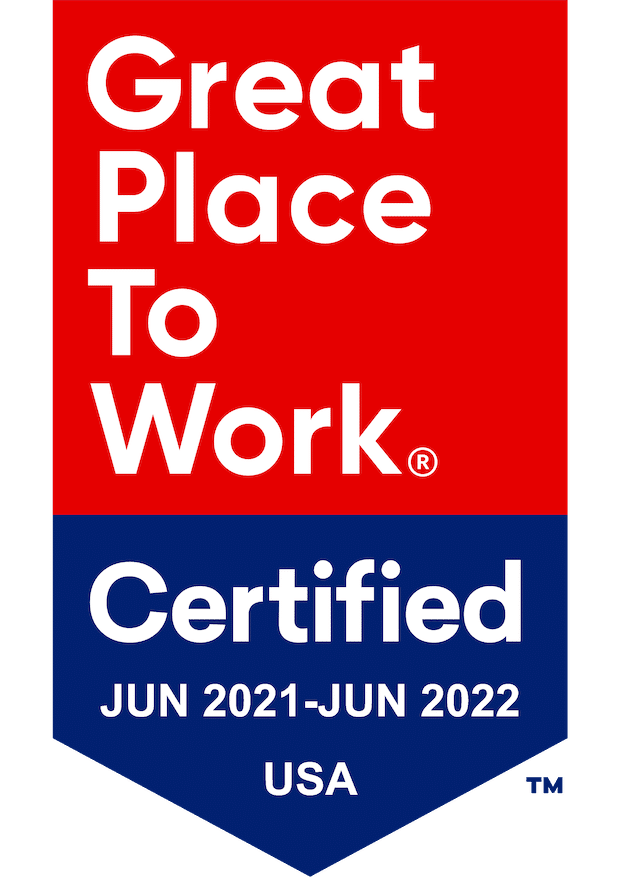Burnout is a serious issue, and it should be taken seriously. Not only does it cause a measurable decrease in productivity and lead to increased employee turnover, but there are also a host of serious chronic illnesses that can result from prolonged exposure to the conditions that cause workplace burnout.
So, what do managers and human resource professionals need to be doing to prevent burnout at their companies, and what resources should they be providing to their employees to help them in these unprecedented times? The first step is in understanding the specifics of this current struggle and why it created the perfect storm for workplace burnout.
Covid-19 and Workplace Burnout
After about a week of working from home, the novelty of not having to commute and being able to make lunch in our own kitchens wore off.
Employees became more disconnected from employer-based care programs meant to prevent workplace-related mental health issues. A manager in an office setting can monitor their employees for signs of stress and overwork; they can adjust their workload if they notice them spending long hours in the office every day. In a remote setting, those employees may be working long hours without receiving acknowledgment from their managers for the extra work. They may feel as though it’s obvious they are in over their heads and no one is bothering to help.
In addition, the workday in the office is rife with conscious and subconscious guideposts that help workers keep track of the day and break up their activities throughout. When your coworkers all start walking past your office door towards the common area, it could be a sign that it’s time to start thinking about lunch. In the same way, it’s much easier to know the workday is over if the office starts emptying out. One could argue that remote workers should be able to just look at the clock to know when it’s time to eat or stop working, but humans rely on rhythms to form their internal clocks. When we all started working from home, the rhythms and cycles we all had developed to inform our days disappeared. Workers are spending extra hours without realizing, eating too much or not enough, and losing track of their time more often.
As these problems compound, workers experience burnout, decreasing their overall productivity and ability to perform their roles. If they don’t overcome these issues they will eventually spiral into cynicism about their job and look for work elsewhere.
The New Role of Managers
One of the biggest contributors to workplace burnout is when the employees don’t feel seen. Employers need to implement new tools that give their employees new ways to express their needs and issues. When employers either don’t realize extra hours are being worked or they expect their employees to take on the extra hours when they would have been commuting, they contribute to this sense among their overworking employees. In this new work paradigm, managers need to realize how impactful something as simple as checking in can be.
It is essential that business leaders adopt new workplace-based health and wellness systems. Modern tools have been designed to work with remote workers, even giving them opportunities to report anonymously when they are feeling various mental health issues. Managers can then see aggregate data to know when certain mental health resources need to be provided or promoted among their staff.
Creating a New Routine
When working in person, it isn’t uncommon to take a walk around the office to stretch one’s legs and chat with coworkers, but remote workers might not feel like they have the autonomy to get up and take a walk around the block during the workday. By offering and encouraging the use of tools that direct employees to identify opportunities to break up their workday and create reminders to make sure they take those opportunities, remote workers will know they have the support from their managers to prioritize their own mental health.
A real life example of this comes from the healthcare industry. An employee was working long hours and found she was frequently dehydrated. We decided with her employer to have a water bottle with a straw within reach of each of her workstations and scheduled time each hour to spend at least a minute drinking water. This may seem like a small adjustment, but it is a first step in creating a routine that helps an employee’s mental health. It also shows the employee that their place of work is prioritizing their wellbeing and is a resource to help solve some of their day-to-day problems.
Providing Resources When They Are Needed
Most industries have a yearly cycle, in which certain parts of the year are busier than others and employees may require extra support. CPAs are often busy during tax season; financial institutions face an uptick in work at the end of each quarter.
During these times, employees are most prone to burnout. In a traditional work environment, employers can provide perks in the office during these times to help maintain morale. They can even provide mental health professionals to be available to staff who need or want their help. All of this, even when it isn’t strictly needed, shows workers that their employers have their backs and understand they are going through extra stress.
Managers of remote workers need to find ways to do the same. Again this is where modern digital employee health platforms come in. Managers can promote the use of mental health coaching tools during times of peak stress. By providing modern tools, managers can stay hands-off about matters that may be too personal to discuss employee-to-employer, while still providing tangible solutions to their employees’ mental health concerns. These tools will not only help to prevent burnout during busy times of the year, they also show a workforce that their leadership values and prioritizes their wellbeing.
Health Impacts of Burnout
Now Is the Time to Adopt
And today, it is more common now for people to talk about their work lives with their friends, comparing their compensation and benefits. Employees will know what resources are available at other companies and will wonder why they are missing out. Companies that don’t provide mental and physical health resources to their staff may give the impression they don’t prioritize their employees’ wellbeing or that they are oblivious to their struggles, both of which will give employees a wandering eye when it comes to employment.
In an era where employee burnout is at an all-time high, high-quality digital health and wellness programs must be a priority.






